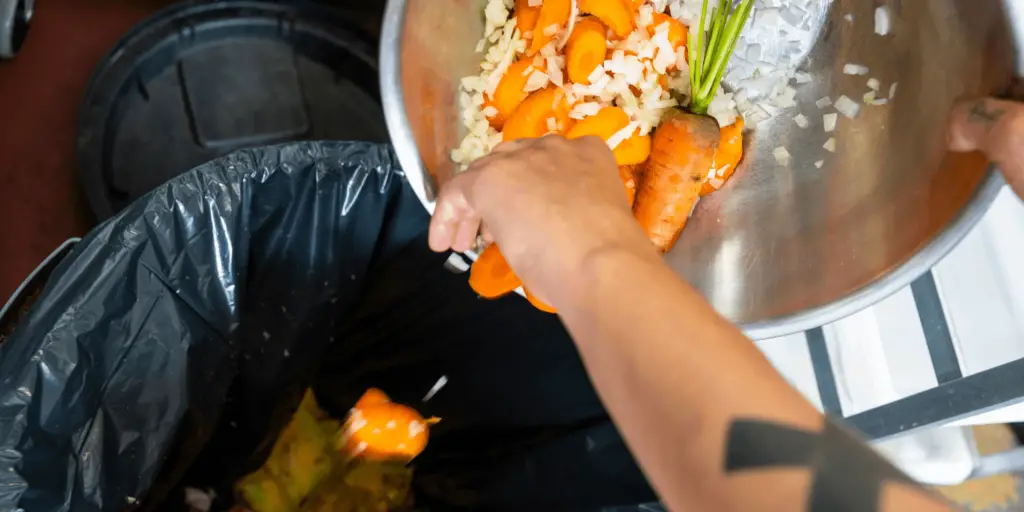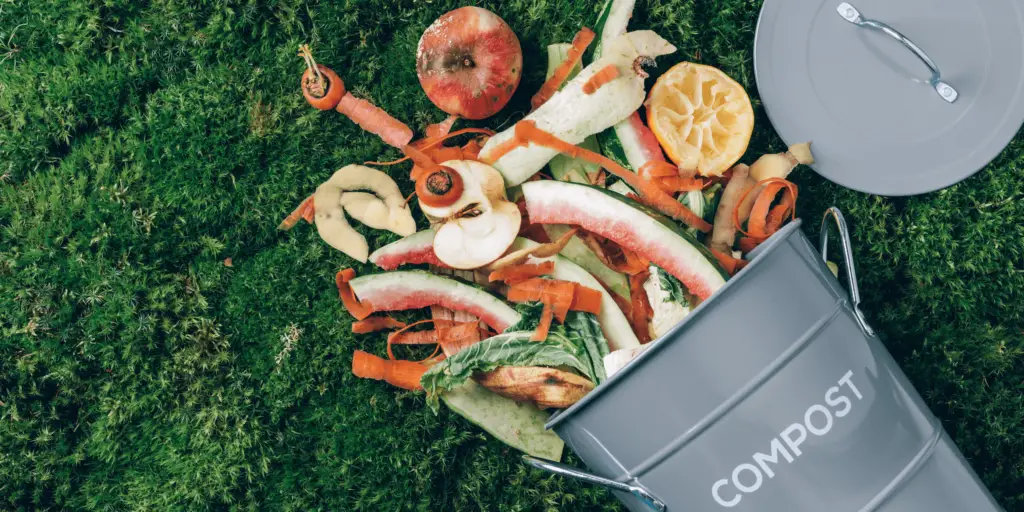Food that is not eaten is wasted and called food waste. The category of wasted food has two options. One is known as wasted food the other as food loss. Under food loss all the food that at the beginning level which means at production, post harvest, or in the processing part is wasted. On the other hand, food waste is when food that was cooked or manufactured for consumption but discarded when it was the time to consume it. Whether it is food loss or food waste it is occurring throughout the food system at production, processing, distributing, sales, and consumption level.
Food around the globe is wasted at different places in different amount. Today 1.3 billion tons per year worth approximately US$1 trillion is wasted. All this wasted food was enough to feed 2 billion people. Food is wasted at every place in every amount. Schools, restaurants, homes and all around the globe. Listing all of the places where food is wasted and way on how to reduce food waste.
Ways to reduce food waste in restaurants

Firstly, it is the responsibility of restaurants to ask their management to supervise everything well.
- Write manufacturing dates, expiry dates, and allergens over the food that is stored for future orders. This prevents overbuying the food that is already there, less consumed, and the error of thrown away food.
- Apply the first in first out rule which makes sure that the new stock is placed behind the older one which ensures that the older stock is used first so that it doesn’t expires.
- Buy the ingredients that you are sure will be used and are in the most demand. Avoid over buying stock. Buying extra stock leads to food being wasted and spoiling in storage.
- Closely inspect and write down what is ordered accept and cook the items that are ordered to prevent wastage. Reject any such order that clearly is a waste. Also, anything that is delivered at incorrect storage temperature will also expire.
- Some restaurants don’t offer to take away left over. Offer your customers if they want to take it away.
- Train your employees on food safety and how to reduce food waste. Train them with the skills on storing techniques, avoiding cross-contamination, keeping the surroundings clean, and cooking the food correctly so that the customers don’t leave it in their plates and so it is wasted.
Ways to reduce food waste at home

In terms of health and taste nothing beats the authentic homemade food as it is hygienic. But, a lot of food is wasted in home kitchens here are some of the ways to reduce food waste at home:
- You obviously have to throw the food that have caught mold and fungus but food like many green vegetables when slightly soften or wilt can be used in smoothies, soups, and baked items. Also, the label of best before dates can be misleading if the product inside seems to be fresh then it is ok to have it.
- Making a weekly or monthly menu can avoid over buying groceries and reduces the guesswork around meals.
- Freeze food that you think can be used later this prevents it from being spoiled. Freeze food can be used later reducing food wastage, freezing the seasonal fruits and vegetables makes them available throughout the year.
- Look for meals that can be cooked using leftovers a good idea of such food is making soups and broth. Broth can be made out of extra bones and vegetables left out moreover, this can be stored and used for the next 2-3 days.
- Avoid over buying food and buy less as you can visit grocery stores again and again but food wastage is a bad sign as there are millions of people out there dying of hunger.
Ways to reduce food waste in Schools

School is the place where students are educated. Food waste can be a sign of lack of education so it is the duty of schools to teach the students on ways to reduce food waste in schools, here are some:
- Start with educating your students on the importance of food and how people around the world are starving. Also, spread awareness on how food wastage is affecting the environment.
- Due to short lunch breaks children are not able to finish their lunch on time. Hence, lunch is left behind uneaten which is wasted. Also, speeding up the cafeteria staff service so the children don’t have to stand in long queues.
- Food donations to the poor or food sharing are good initiatives. Make clearly defined waste bins that increase recycling throughout the school.
- It is the responsibility of the school management to look at the size of the serving each student, quality, allergy concerns, nutritional concerns, and the cultural difference this plays a huge role in preventing food from going to waste.
Ways to reduce food waste globally

All around the globe, an estimated 2.5 billion tons of food is wasted each year. Food waste is a crucial matter that needs to be addressed.
- Some of the perfectly cooked and tasting food is never eaten and it might rot if not redistributed food to food banks or other outreach groups.
- A wide variety of food in huge quantities can leads to food wastage as it is difficult for people to finish the meals they order. This problem of food wastage can be solved if restaurants offer the small size of meal servings.
- Pocket friendly storage methods will immensely reduce the amount of food loss. Especially for the farmers at the early processing stages like pests that attack crops. By choosing good storage methods food can be stored for days.
- Know the difference between best before dates and use by dates. Rarely after the best before date food is safe to eat you just need to check it properly whereas the use by date means it is no longer safe to eat.







